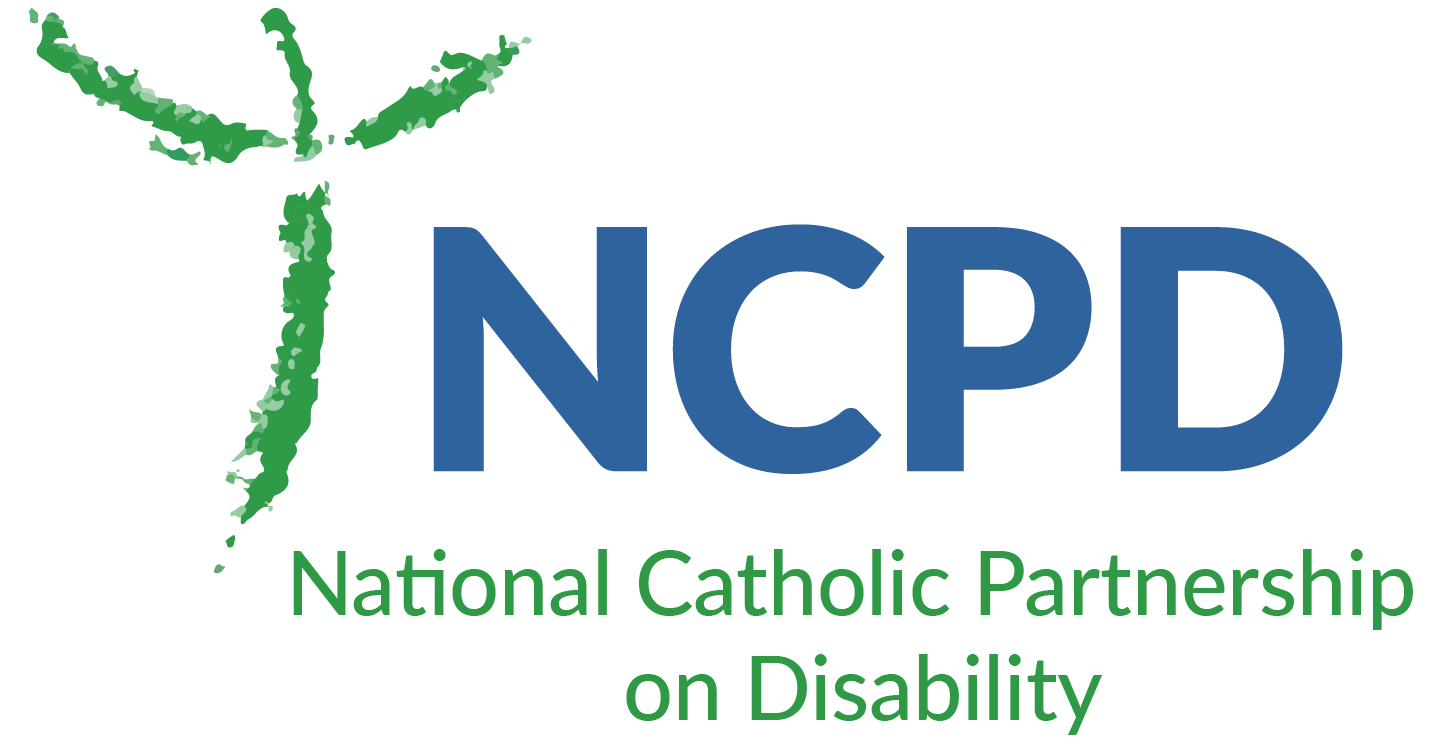Below are some disability relevant sections from the USCCB document.
Built of Living Stones:
Art, Architecture, and Worship
Guidelines of the National Conference of Catholic Bishops
Accessibility
§ 211 § Every person should be welcomed into the worshiping assembly with respect and care. It was the prophet Isaiah who announced the Lord's message: "For my house shall be called a house of prayer for all peoples."193 The bishops of the United States have stated that "it is essential that all forms of the liturgy be completely accessible to persons with disabilities, since these forms are the essence of the spiritual tie that binds the Christian community together."194 Further direction is given by Pope John Paul II, who has called the Church to the full integration of persons with disabilities into family, community, and Church, and to overcome "the tendency to isolate, segregate and marginalize [those with disabilities]."195 When buildings present barriers to the full and active participation of all, the Body of Christ is harmed.
§ 212 § Special attention should be given to individuals with visual or hearing impairments, to those who have difficulty walking or who are in wheelchairs, and to the elderly with frailties. In addition to ramps, elevators, braille signs, and special sound systems that can be accessed by those who need assistance, staircases should have at least one railing. If the sanctuary is elevated by steps, an unobtrusively placed ramp with a hand rail should be provided to make it possible for everyone to have access to the sanctuary.196 §
213 § The planning process should include consultation with persons with various disabilities and the use of an accessibility inventory197 to ensure a careful review of potential or existing architectural barriers. All new construction and renovation work must fully integrate the demands of the liturgy with current laws, codes, and ordinances for persons with disabilities. §
214 § Older places of worship can be especially challenging because of the obstacles they present to persons with disabilities. In the renovation of older buildings, special provisions must be made to harmonize the requirements for accessibility with the architectural integrity of the building and with the norms for the proper celebration of liturgy. Adaptations to existing buildings can be expensive, but failure to make the community's places of worship accessible will exact a far more costly human and ecclesial toll. The goal is always to make the entire church building accessible to all of God's People.
The full document may be purchased here.

